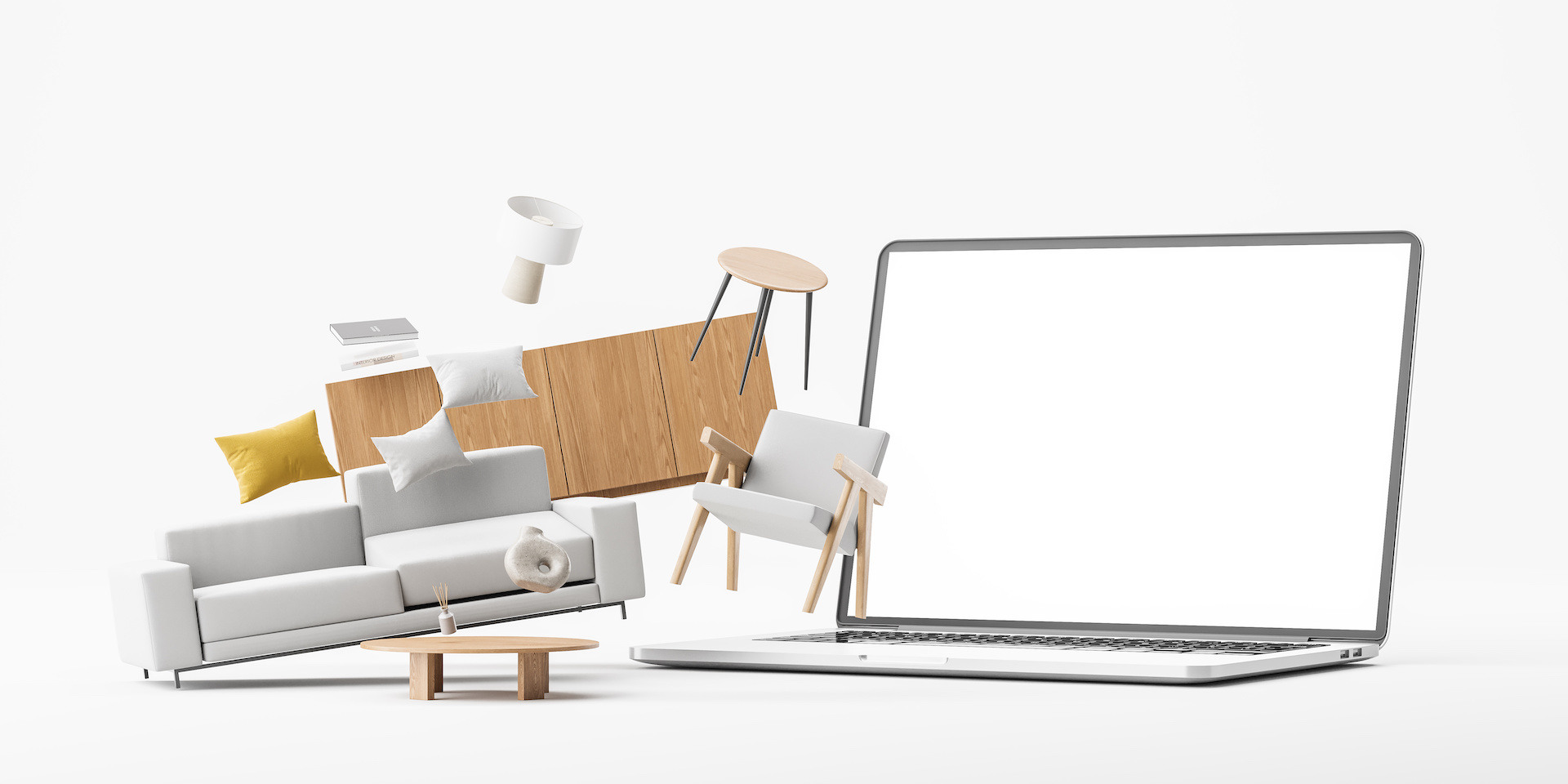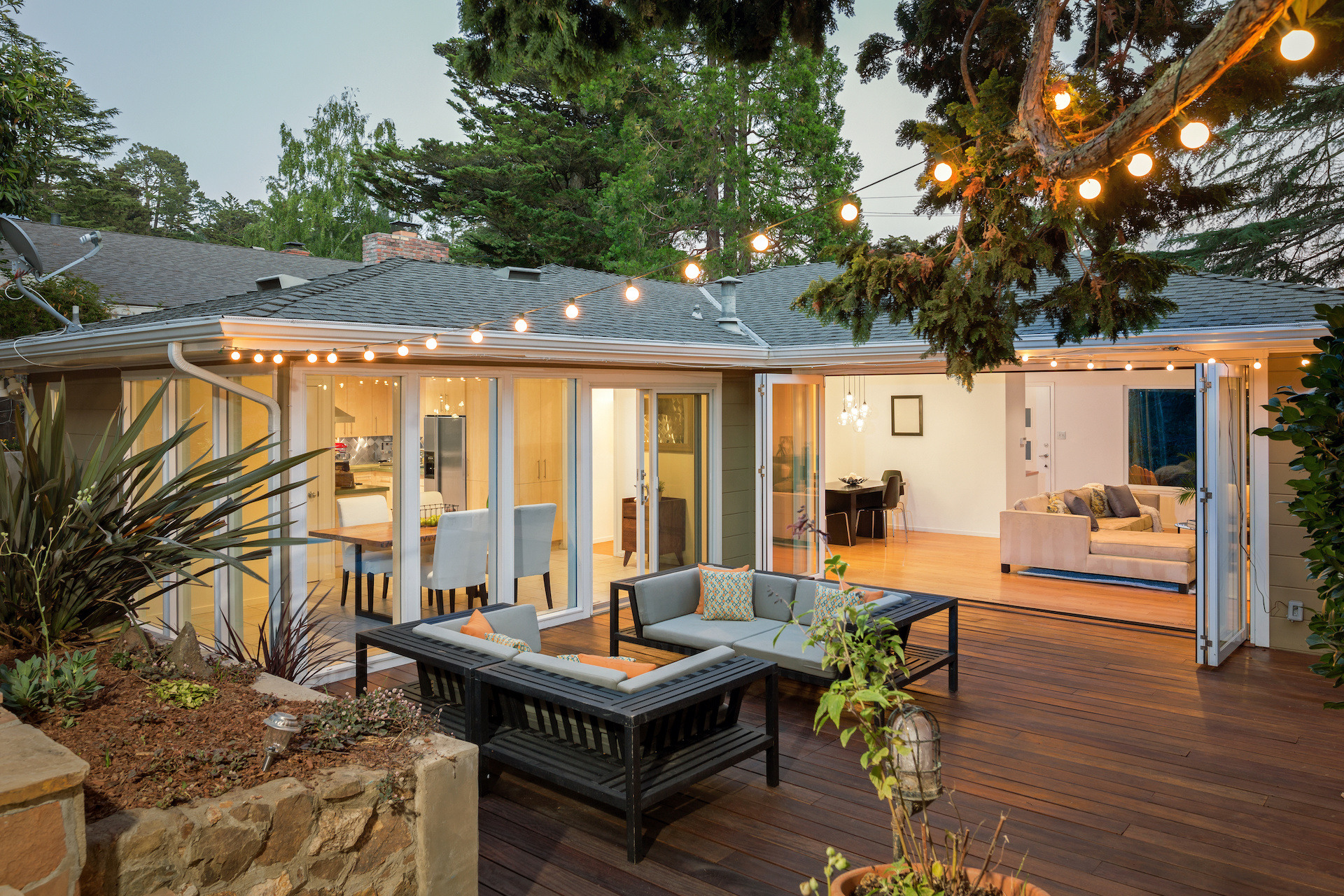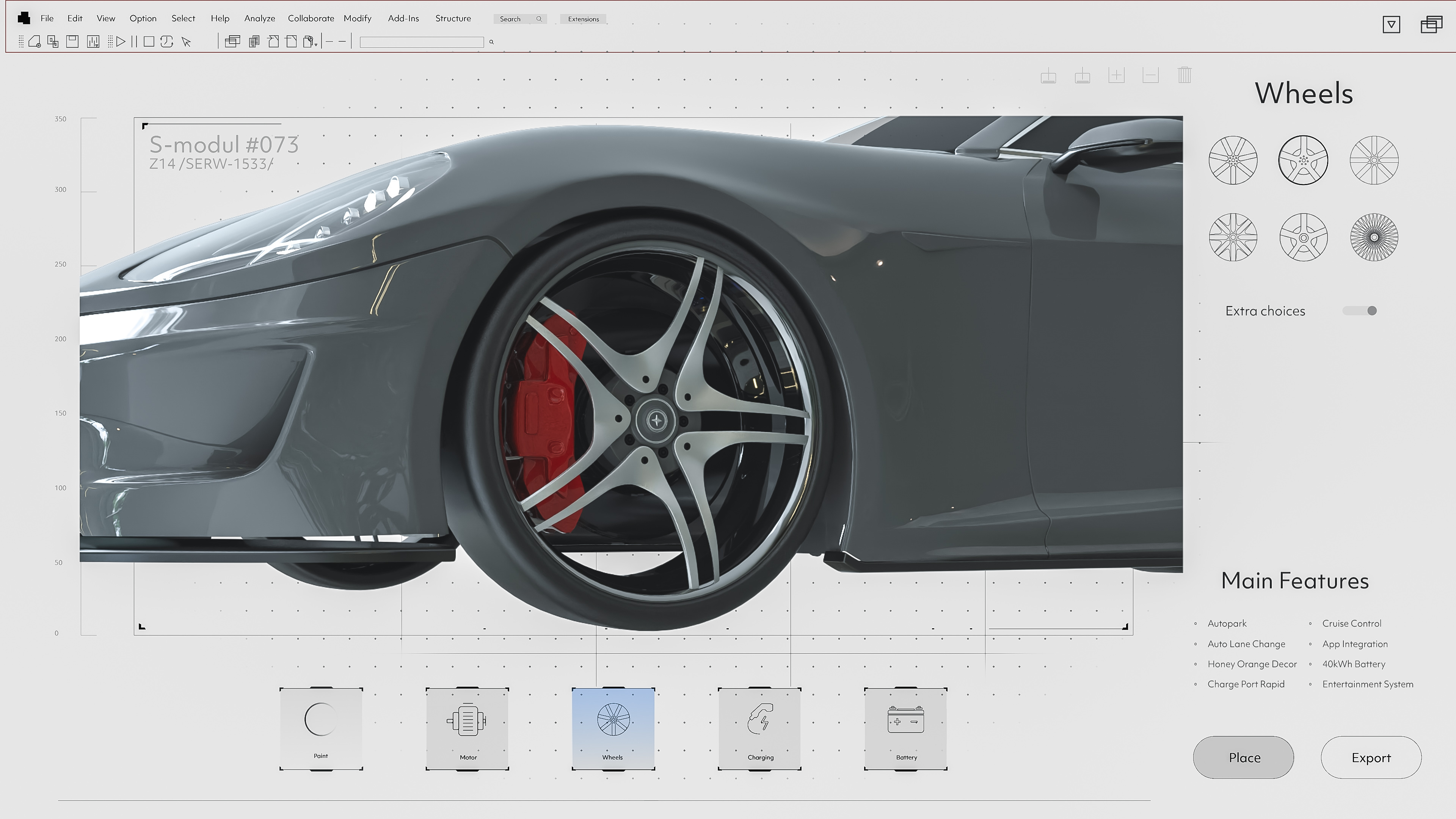How to Make a Great Product Configurator for Automotive eCommerce Stores
Explore what a product configurator is, the essential features that make it effective, and examples from industry leaders showcasing best practices.

A product configurator is a powerful tool used by furniture and home goods eCommerce websites to allow customers to customize and personalize their purchases. It is an interactive interface that enables users to select various options, such as color, material, size, and features, to create their ideal product. With a product configurator, customers can visualize and design their furniture or home goods according to their preferences and needs.
Product configurators are typically integrated into the eCommerce website, providing a seamless and immersive shopping experience for customers. They utilize advanced technology, such as 3D visualization and real-time rendering, to showcase the customized product in a realistic and interactive manner. This allows customers to see a virtual representation of their chosen options and make informed decisions before making a purchase.
Product configurators greatly enhance the customer experience by offering a unique and personalized shopping journey. Customers can actively engage with the product, making decisions and exploring different options. This level of interactivity creates a sense of ownership and involvement, leading to a more satisfying and memorable experience.
By allowing customers to customize their furniture or home goods, product configurators cater to individual preferences and tastes. This personalization creates a deeper connection between the customer and the product, increasing the likelihood of a purchase. Additionally, product configurators provide a visual representation of the customized product, helping customers visualize how it will fit into their space and complement their existing decor.
One of the key advantages of product configurators for furniture and home goods eCommerce websites is the ability to customize products to fit individual needs. Customers can choose from a wide range of options, such as size, color, material, and features, to create a product that perfectly suits their requirements.
For example, a customer shopping for a sofa can select the dimensions that fit their living room, choose the upholstery material that matches their style and preferences, and even add additional features like built-in storage or reclining functionality. This level of customization ensures that customers can find the perfect product that meets their specific needs and preferences, resulting in higher satisfaction and increased likelihood of repeat purchases.
Product configurators play a significant role in reducing returns and improving customer satisfaction. By allowing customers to customize their products, they can make informed decisions and have a clear understanding of what they are purchasing. This reduces the likelihood of dissatisfaction or disappointment upon delivery.
With product configurators, customers can see a visual representation of the customized product, ensuring that their expectations are aligned with the final product. This transparency and clarity minimize the chances of returns or exchanges due to mismatched expectations. As a result, customer satisfaction levels are higher, leading to positive reviews, referrals, and repeat purchases.
By offering customization options, product configurators create a sense of exclusivity and uniqueness, enticing customers to make a purchase. Customers are more likely to buy a product that they have actively personalized and designed according to their preferences.
Additionally, product configurators provide a visual representation of the customized product, enabling customers to see the value and quality of their chosen options. This visual confirmation boosts customer confidence and eliminates any doubts or uncertainties about the product. As a result, the conversion rate of visitors to customers increases, leading to higher sales and revenue for the business.
Product configurators offer numerous benefits to furniture businesses specifically. Firstly, they enable businesses to cater to a wide range of customer preferences and needs. By offering customization options, furniture businesses can satisfy varying style preferences, size requirements, and functional needs.
Secondly, product configurators help furniture businesses streamline their operations. Rather than producing and stocking a large inventory of pre-designed products, businesses can focus on producing customizable components and assemble them based on customer orders. This reduces inventory costs and minimizes the risk of unsold inventory.
Lastly, product configurators provide valuable insights into customer preferences and market trends. By analyzing the customization choices made by customers, furniture businesses can gather data on popular styles, colors, materials, and features. This data can inform product development decisions and marketing strategies, allowing businesses to stay relevant and meet evolving customer demands.
A product configurator enhances customer engagement and satisfaction by offering a personalized shopping experience. It can lead to increased conversion rates, higher average order values, and reduced returns, as customers can visualize and tailor products to their exact needs before purchasing. This level of customization helps differentiate your business in a competitive market.
A robust furniture product configurator should offer features such as 3D visualization, real-time price updates, options for different materials and finishes, the ability to change dimensions, and the inclusion of additional accessories or features. It should also be user-friendly, mobile-responsive, and seamlessly integrated with your eCommerce platform for smooth operation.
A product configurator improves customer satisfaction by empowering customers to design furniture that perfectly fits their style and needs. It reduces the uncertainty of online shopping by allowing customers to see exactly what they will receive, fostering confidence in their purchase decision. This personalized experience can lead to greater customer loyalty and positive reviews.
Implementing a product configurator can be straightforward, especially with the help of experienced developers or by using configurable software solutions designed for eCommerce platforms. While it may require an initial investment of time and resources, the long-term benefits of increased sales and customer satisfaction make it a worthwhile addition to your online store.

Explore what a product configurator is, the essential features that make it effective, and examples from industry leaders showcasing best practices.

Discover the best features and tools to enhance your outdoor home goods eCommerce website. Boost user experience, sales, and engagement with these tips.

Explore a range of product configurator examples from various industries that will help you understand the power of online product configurators.